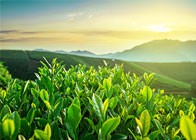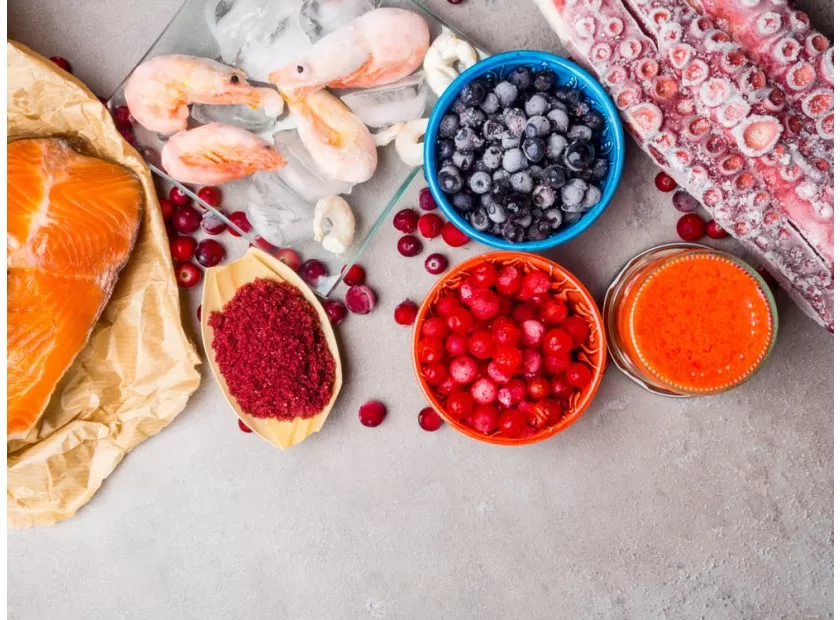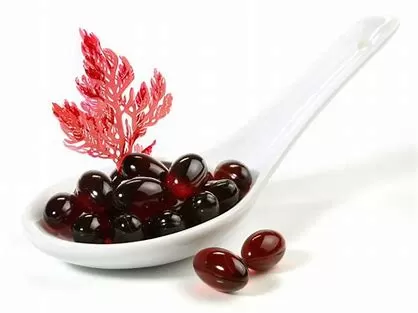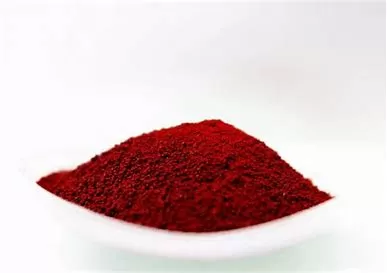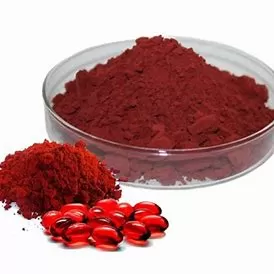- 0086-571-85302990
- sales@greenskybio.com
Which food has the highest astaxanthin?
2025-05-30
Astaxanthin is a powerful antioxidant that has captured the interest of health enthusiasts and researchers alike due to its potential benefits in combating oxidative stress, improving skin health, enhancing athletic performance, and supporting overall well-being. Found naturally in marine ecosystems, this reddish pigment is what gives seafood like salmon, shrimp, and crab their characteristic coloration. It is often marketed as a superior antioxidant due to its capability to tackle free radicals and support cellular health. But when we consider which food contains the highest concentration of Astaxanthin, the spotlight lands on microalgae. This article explores the foods richest in Astaxanthin, with a special focus on the leading source.
Astaxanthin: Potent Antioxidant Power
Astaxanthin belongs to a group of antioxidants known as carotenoids, naturally occurring compounds that play a critical role in protecting cells from damage caused by free radicals. Its unique molecular structure enables it to cross the blood-brain barrier and deliver health benefits that other antioxidants may not, such as protecting brain cells, enhancing visual acuity, and supporting muscle endurance. Unlike some other antioxidants, astaxanthin never becomes a pro-oxidant in the body, making it a safe supplement even in high doses.
Leading Source: Haematococcus Pluvialis Microalgae
When it comes to identifying the food with the highest astaxanthin content, Haematococcus pluvialis algae rise to prominence. This microalgae not only ranks as the highest natural source of astaxanthin but is also commonly cultivated for commercial extraction. Haematococcus pluvialis naturally produces astaxanthin as a protective mechanism against environmental stressors like UV radiation and nutrient scarcity.
In its concentrated form, Haematococcus pluvialis can boast astaxanthin levels exponentially higher than any other food source. This has led to the widespread harvesting and utilization of this algae in nutritional supplements designed to provide the antioxidant in its most potent form. The algae grow in freshwater environments and, when stressed, produce astaxanthin as a means of survival, which can then be harvested for human consumption.
Other Sources: Astaxanthin-Rich Seafood
While microalgae lead the pack, several types of seafood also contain significant levels of astaxanthin. These include:
Salmon
One of the more commonly known sources of astaxanthin is salmon, particularly types like Sockeye salmon, which have higher concentrations due to their diet rich in astaxanthin-producing algae and smaller crustaceans. The characteristic pink hue of salmon fillets is primarily due to this powerful antioxidant.
Trout
Similar to salmon, trout also display astaxanthin through their pigmentation and offer substantial quantities of this compound, especially when compared to other fish varieties.
Shrimp and Lobster
These crustaceans acquire astaxanthin through their diet of microalgae and smaller organisms that possess this pigment. The bright red coloration seen in cooked shrimp and lobster is indicative of the astaxanthin concentration.
Krill
Krill oil supplements have gained popularity owing to their omega-3 content and astaxanthin levels. Krill feed on astaxanthin-rich algae, which makes them one of the sea's potent sources of the antioxidant.
Health Benefits Associated with Astaxanthin
The discovery and consumption of astaxanthin-rich foods are closely tied to various health benefits. Unlike vitamin C or vitamin E, astaxanthin's molecular structure enables it to lodge deep within cell membranes, providing robust protection against oxidative stress, thereby preserving cellular integrity. Scientific studies highlight several potential benefits:
Eye Health
Astaxanthin supports eye health by promoting visual acuity and protecting against age-associated macular degeneration. Its ability to penetrate ocular tissues makes it effective in combating eye-related oxidative damage.
Skin Protection & Anti-Aging
Astaxanthin is linked to improved skin elasticity and moisture retention, making it a favorable ingredient in anti-aging formulations. Its antioxidant activity helps mitigate UV-induced damage and collagen degradation.
Muscle Endurance & Recovery
Research in athletes suggests astaxanthin aids in enhancing muscle endurance and reducing exercise-induced fatigue. Its ability to salvage energy production efficiency and cellular repair bolster performance.
Cognitive Health
There is growing interest in astaxanthin’s potential neuroprotective benefits due to its capability to cross the blood-brain barrier. While definitive evidence is still emerging, astaxanthin’s role in supporting cognitive function and preventing neurodegenerative disorders remains promising.
Incorporating Astaxanthin into Your Diet
Given that microalgae like Haematococcus pluvialis are not typically consumed directly, the most practical method of incorporating astaxanthin into one's diet is through supplements. High-quality astaxanthin supplements derive their active ingredient from microalgae, ensuring the highest possible concentration.
For seafood enthusiasts, regularly consuming salmon, trout, and shrimp can provide natural doses of this antioxidant. However, it is essential to prioritize sustainable sources of these seafood items to prevent overfishing and maintain ecological balance.
Conclusion
Astaxanthin is among the few robust antioxidants that offer a suite of health benefits extending from cellular support to anti-aging properties. While seafood provides viable natural sources, Haematococcus pluvialis microalgae stand out as the most concentrated source of astaxanthin available for human consumption.
As demand for natural health boosters continues to grow, understanding the sources and benefits of astaxanthin enables informed dietary choices. Embracing astaxanthin-rich foods or supplements aligns with contemporary wellness goals, paving the path towards enhanced vitality and healthier living.
-
Does astaxanthin affect sleep?
2025-05-30
-
Why is astaxanthin so expensive?
2025-05-30
-
What are the benefits of astaxanthin?
2025-05-30
-
What is astaxanthin made from?
2025-05-30

